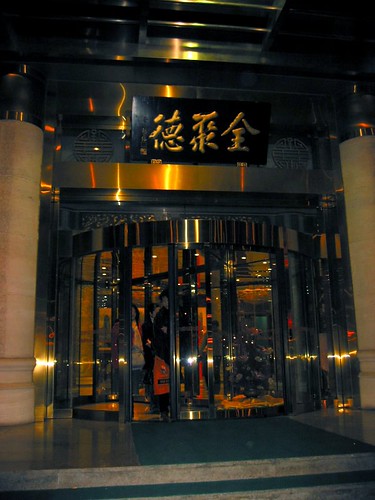If you’re interested in reading some more about Aum Shinrikyo, the easiest place to turn would be this fairly long article on Court TV’s Crime Library web site.
Additionally, I can’t strongly enough recommend Haruki Murakami’s book, Underground The Tokyo Gas Attack and the Japanese Psyche. It’s actually a compilation of what was published as two separate volumes in Japan. The first volume, also named Underground, consists of a brief history of Aum, a description of the attacks, and a series of edited interviews in which survivors of the attack (and If I recall correctly, in one case a relative of a ‘survivor’ left in a coma, and a relative of a fatality). By interviewing some of the transit workers alongside a variety of ordinary commuters, interspersed with his own narrative, Murakami paints a vivid and complete picture of how the attack unfolded throughout the day, as well as giving the best overall impression of the Tokyo subway’s geography that I have ever seen in print.
The second (and much slimmer) volume, originally titled “To the place that was promised,” consists of interviews with former members of the cult, whose reactions range from regretful, to disbelieving, to resentful. Of course, at that time he was unable to gain access to any of the cult members who had actually been involved with or known in advance about the attacks, who were all either in prison or hiding (which is still the case).
At least one convicted Aum member has told his story since though. Ikuo Hayashi, a former cardiologist who was arrested and subsequently confessed shortly after the sarin attack, has written a 575 page memoir entitled “Aum and I.” It has not been published in English, but I have a copy sitting right here and it’s a damn good read.
As an aside, I read Murakami’s Aum book about a year before I first went to Japan, when I had just started learning Japanese and was only starting to become interested in learning about the country. It was the first thing by Haruki Murakami that I had ever read, and only after reading Underground did I even know that he was a popular novelist.







